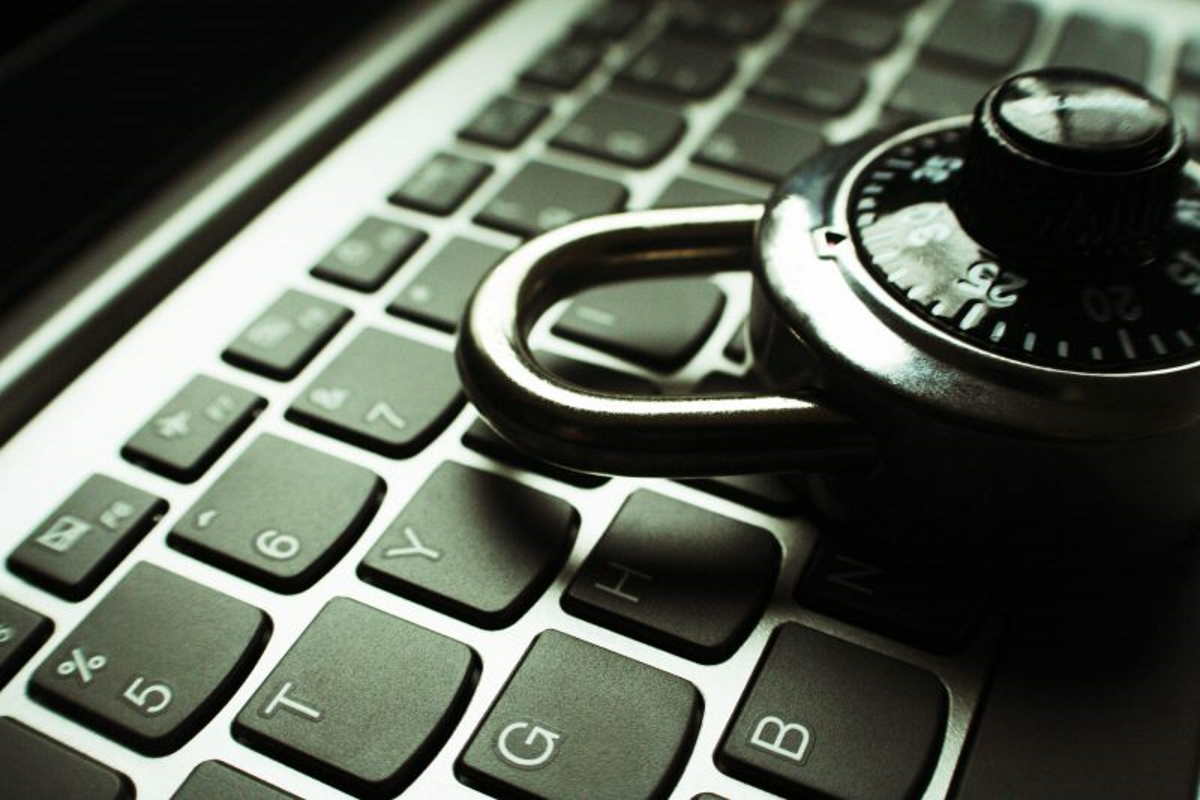The world has become more connected, and thus, cybersecurity is a top priority for all organizations. This complex issue isn’t just about protecting networks from attacks but also about safeguarding the data of customers and employees. An organization can ensure compliance with regulations while managing cyber risks like repetitional damage due to data loss.
There are six ways businesses can strengthen their cybersecurity practices:

1. Back Up Essential Documents
It’s essential to back up important documents such as tax records, bank statements, and credit card statements. This way, you can keep everything if something happens, like a hacker stealing your data.
An online storage service is a great way to back up all these documents. You can click here for cyber security in Salt Lake City that can provide expert assistance in backing up your files. Similarly, consider adding software that automatically backs up your computer regularly and other devices on your network.
2. Encrypt Confidential Information
One of the most common ways companies get hacked is through email. Hackers use phishing scams to lure employees into giving up their login credentials or other confidential information. As a result, they can gain access to your company’s data and steal it for use on their servers.
You can protect against this by encrypting all email attachments, making it impossible for a hacker to read them without first decrypting them. This way, you can prevent unauthorized individuals from accessing the data using robust encryption algorithms. You can also prevent someone from forwarding an email if they need the correct password.
3. Patch And Update Software Regularly
Another common way hackers gain access to your network is by exploiting vulnerabilities in software programs such as web browsers or operating systems. To protect yourself from these vulnerabilities, ensure that all cybersecurity software programs are regularly updated with the latest security patches and bug fixes.
For instance, if you use Microsoft Windows as your operating system, you should install the latest Windows updates whenever a new one is available. You can do this by going to Control Panel > System > Windows Update. This will check for any new updates and automatically download them if available. It will also show you which updates have already been installed on your computer, so you know which ones still need installing.
4. Monitor Traffic And Logins
You must also ensure you know who is accessing your systems and why. This can help you identify suspicious activity or unauthorized access to your network.
You can track traffic and logins by installing a firewall, which will monitor incoming and outgoing traffic on your network and alert you if there are any abnormal patterns or attempts at unauthorized access. A firewall can also prevent certain types of traffic from entering or leaving a particular computer on the network, helping to prevent exploits such as denial-of-service attacks.
To strengthen their defenses against sophisticated cyber threats, many businesses and even federal agencies partner with cybersecurity solution providers to implement advanced monitoring and threat detection systems.

5. Enable Multi-Factor Authentication
Multi-factor authentication (MFA) is another effective way of securing your company against hackers and other threats. With MFA enabled on your system, anyone who tries to gain access through an unauthorized channel will be locked out automatically. After that, they won’t be able to enter their credentials again until they provide an additional factor, such as their fingerprint or voice print, to prove their identity beyond doubt.
You can implement MFA by installing software on your mobile devices and computers that generate a one-time code every time you log in. However, this method has some limitations, as it can be bypassed if someone steals your device or installs malware.
A better option is to use hardware tokens that generate these codes automatically after you enter your password or PIN. These tokens are small enough to carry around and provide additional security for your devices by developing new regulations every 30 seconds. This way, even if a hacker gets access to one device, they will not be able to access other devices or accounts easily.
6. Use Stronger Passwords
Passwords are often the first defense against hackers who want to break into your system or steal personal information. So, you must use strong passwords and change them frequently so that hackers cannot easily guess them. You should also avoid using passwords that are easy to figure out, like your name or birthday, as these are common ones used by many people across the world.
For instance, you can create a password that combines letters, numbers, and symbols. Ensure it is more than eight characters in length with no repetition of words from any dictionary. This way, even if someone guesses all the characters, they will have to try every possible combination of letters, numbers, and symbols before getting it right.
Key Takeaway
Cybersecurity is essential for your company to prevent hackers from stealing your data. Therefore, consider these six tips for strengthening your business’s cybersecurity. Once you implement these measures, your files won’t be as vulnerable to hacking threats affecting your brand reputation.